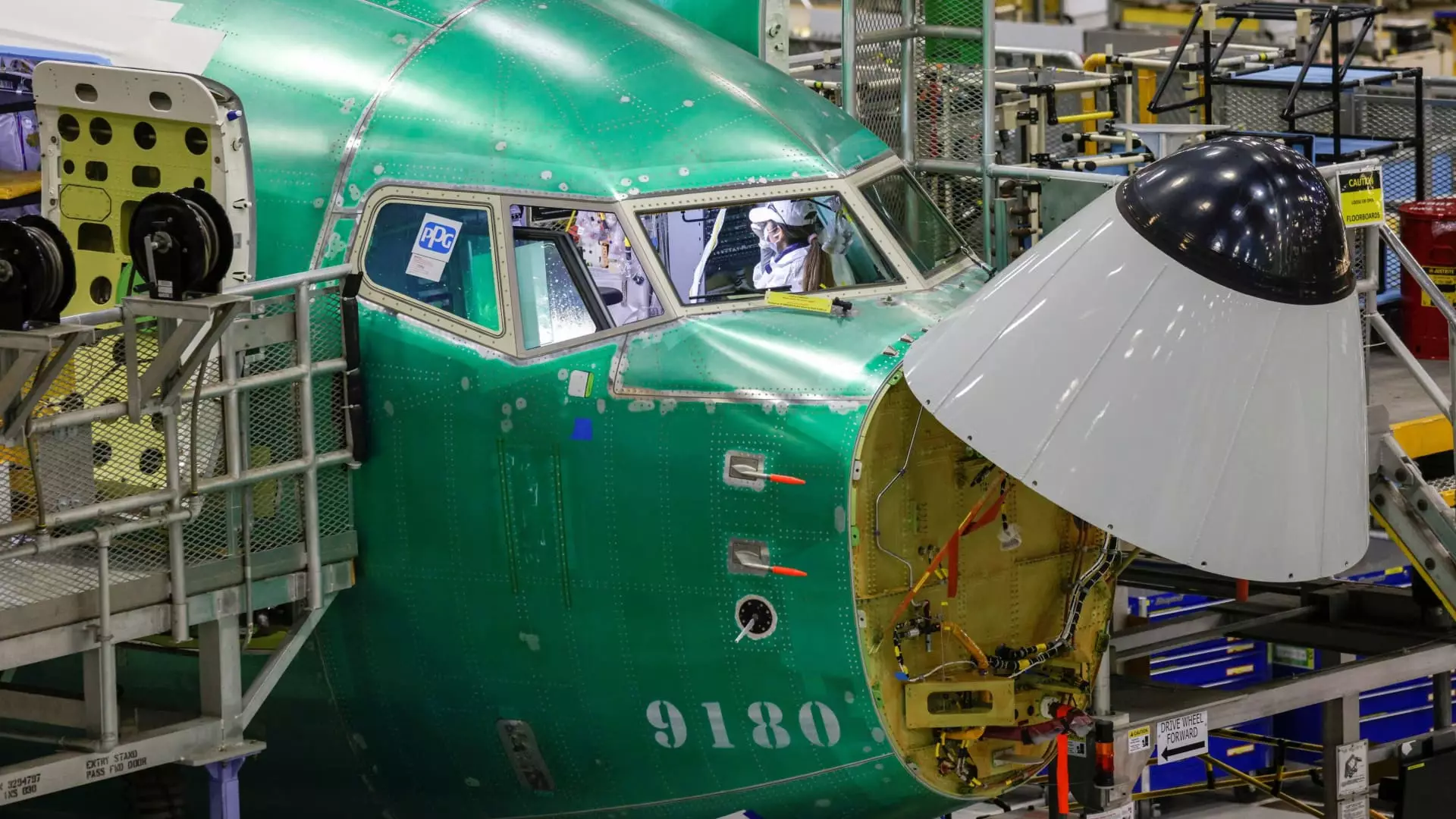After a prolonged strike that lasted more than seven weeks, over 32,000 Boeing machinists are set to return to their workplace following the approval of a new contract. This agreement promises a significant 38% pay raise over the next four years and aims to rectify various worker grievances. However, the end of the strike does not signal an immediate return to full operational capacity. The complexity of resuming production will likely take weeks, as Boeing management acknowledges. They face the daunting task of not only reintegrating their workforce but also ensuring safety and operational readiness in their facilities.
The machinists’ walkout began on September 13 when they rejected an initial wage proposal that offered a 25% increase—a decision that underscores the seriousness of their demands. The culmination of this industrial action has yielded a more favorable contract, but it has also had consequences for Boeing’s production schedule. In October, Boeing managed to deliver only 14 jetliners, marking the lowest delivery figures since the turmoil of 2020 during the pandemic’s peak and the grounding of Boeing’s 737 Max. Out of these deliveries, a significant portion consisted of 737 Max aircraft. The company’s dependence on workers not involved in the strike highlights the cracks in production adaptability during labor disputes.
As workers return, Boeing must grapple with several operational hurdles. The company must assess safety hazards systematically and reaffirm each machinist’s roles and safety protocols. This process is not merely routine; it requires meticulous planning and execution. As CEO Kelly Ortberg noted, reigniting the factory’s productivity is a complex task, emphasizing the essential nature of handling the transition smoothly. The phrase “It’s much harder to turn this on than it is to turn it off” encapsulates the intricacies of ramping up operations that have been stalled for weeks.
Boeing’s resumption of production in Washington and Oregon primarily focuses on several key aircraft programs, including the 737 Max, 767, and 777, alongside military variants. Interestingly, while the strike affected many aspects of aircraft production, the 787 Dreamliner assembly continued without interruption. This highlights the advantages of Boeing’s nonunion factory in South Carolina, which played a crucial role in maintaining a level of output amidst labor unrest.
Despite the challenges posed by the strike, Boeing’s sales figures in October suggest that demand remains robust. The company secured 63 gross aircraft orders, only two short of the previous month, with a notable contract featuring 40 737 Max 8 aircraft for Avia Solutions Group. The resilience demonstrated by Boeing in securing ongoing business during a tumultuous period speaks volumes about its market positioning, even as it navigates the transition back to normal operations.
The road to recovery for Boeing after the machinists’ strike is fraught with challenges. The company not only faces the immediate task of restarting production but must also maintain employee morale and ensure compliance with safety and operational standards. As Boeing moves forward, the emphasis will likely be on balancing swift recovery with sustainable practices that prevent future disruptions. The effectiveness of this approach will ultimately define Boeing’s trajectory in an increasingly competitive aviation market.

